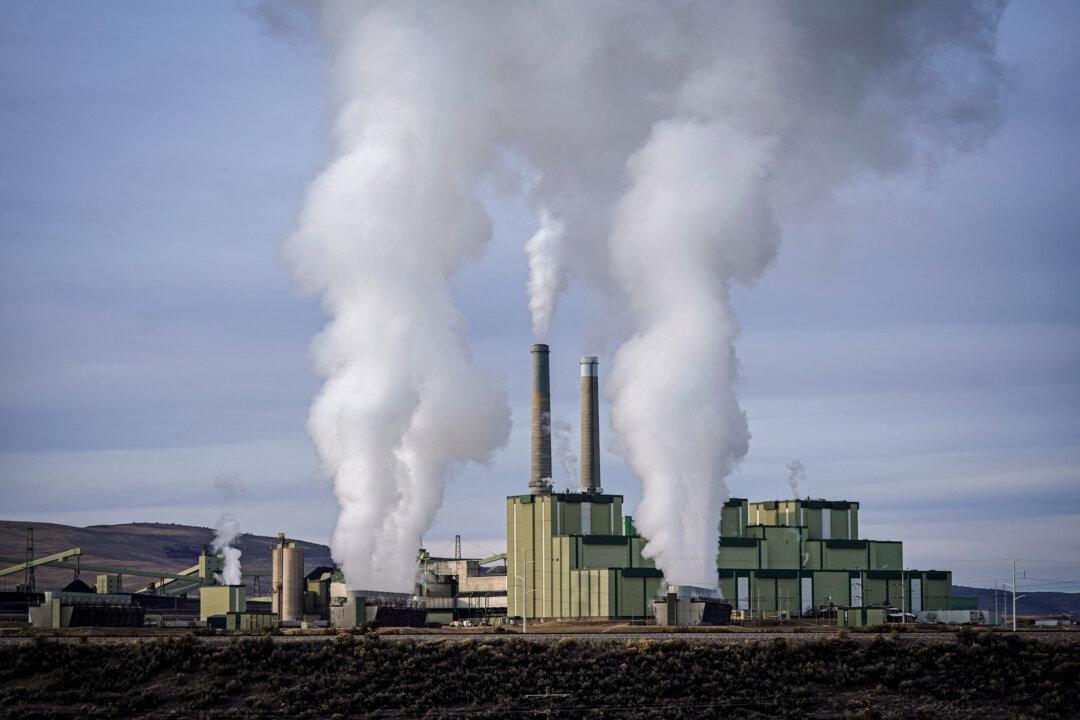A federal appeals court has refused a request by a coalition of attorneys general and fossil fuel industry groups to pause a federal regulation aimed at reducing carbon emissions from coal-fired power plants, allowing it to remain in force while the legal challenge plays out.
A three-judge panel of the U.S. Court of Appeals for the District of Columbia Circuit issued an order on July 19 that rejects a request by the West Virginia-led coalition to block the Environmental Protection Agency (EPA) rule, which seeks to cut carbon emissions in existing coal-fired plants and any new natural gas plants.





